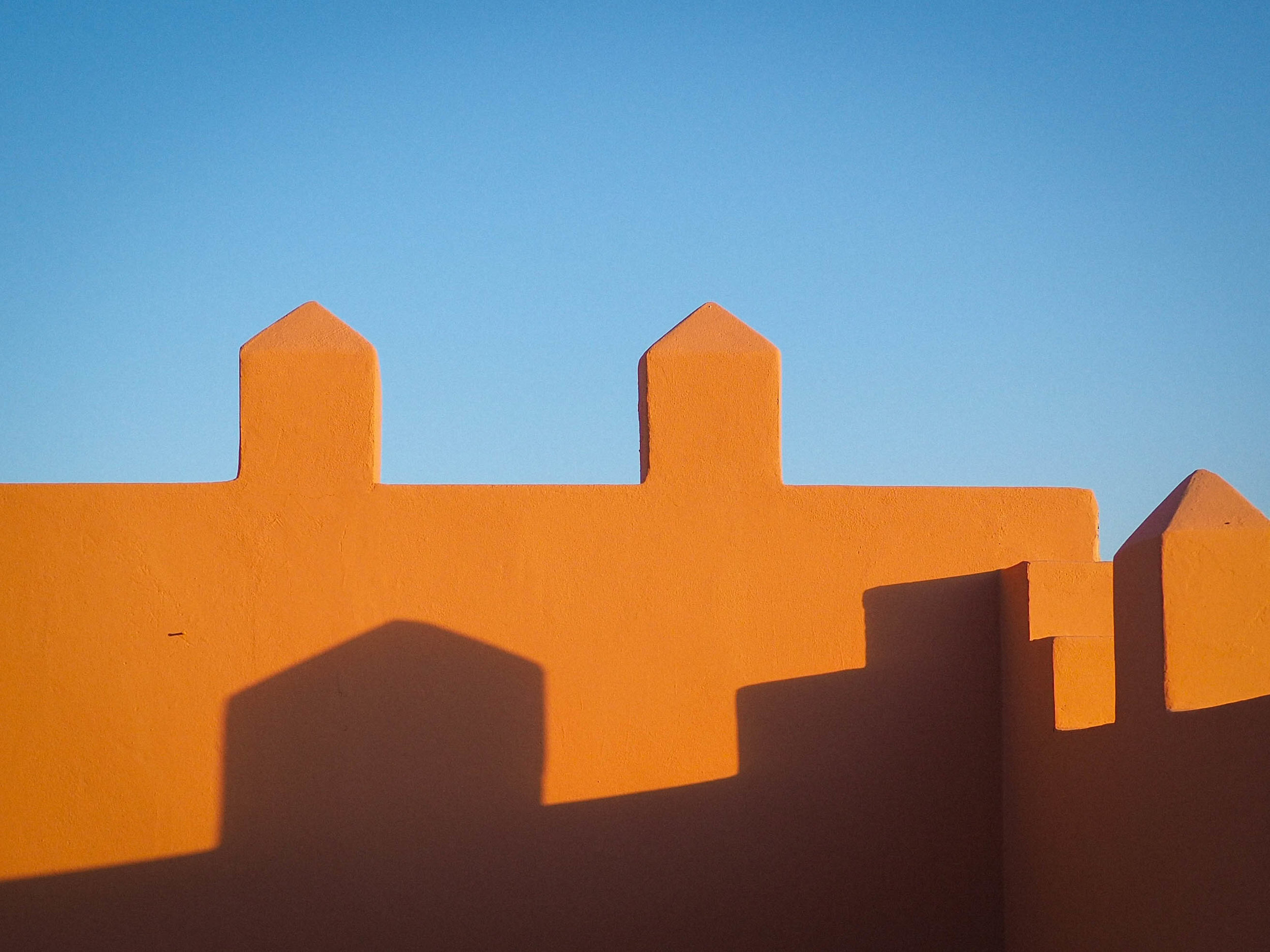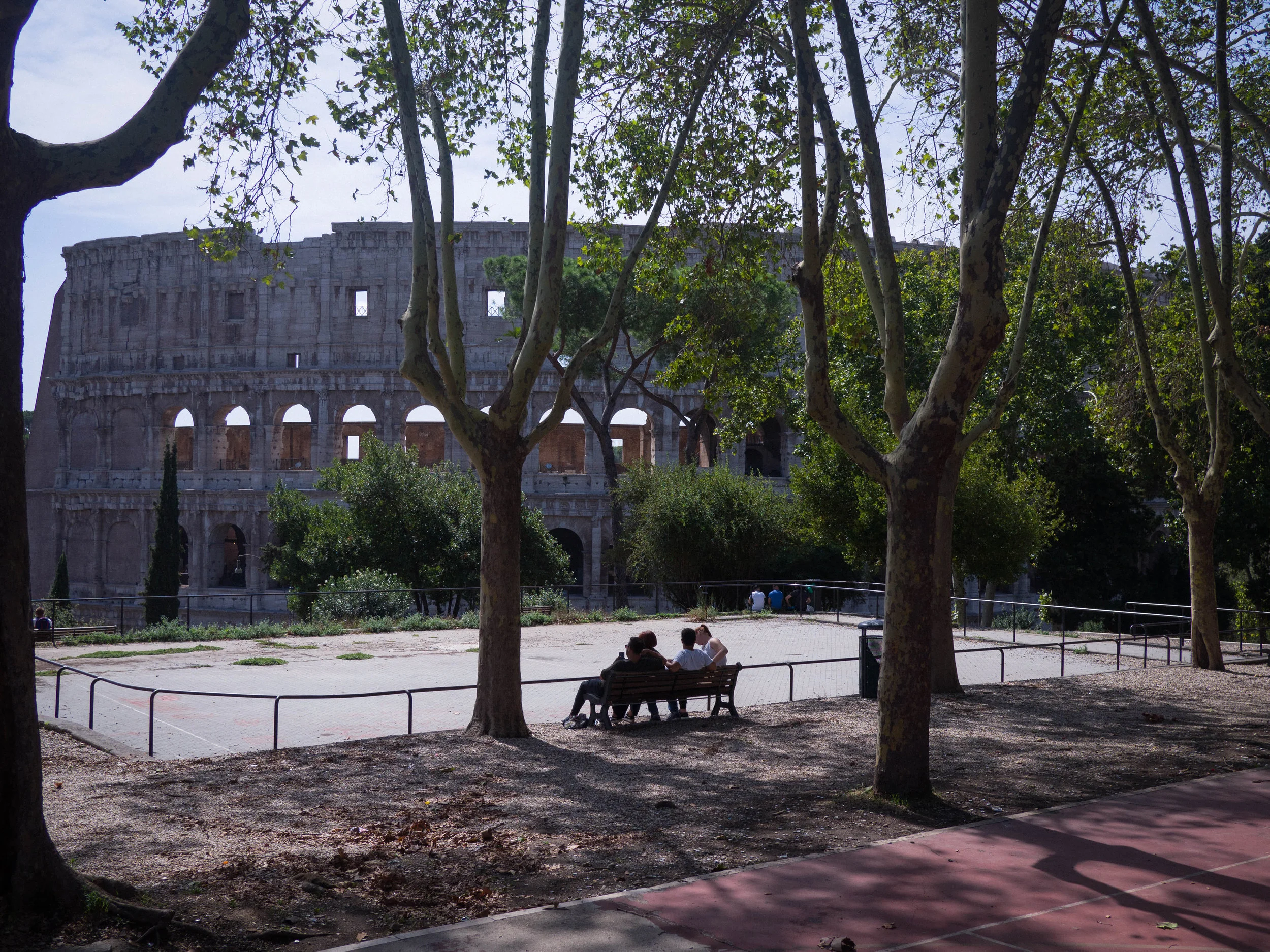Marrakech

I had my camera going non-stop in Marrakech. Everything we saw was either so unfamiliar or so beautiful, and most of the times—both.
It’s easy to get exhausted in Marrakech. The city is a hectic maze. It pulses with the drone of motor bikes zipping by. At every turn we were approached by merchants giving us “a good price” on junk we didn’t want or need.
The sidewalks are small, cracked, and dusty. We were constantly tempted by the smells of a nearby kitchen. But just two steps further, the musk of a strange stagnant puddle drowned out the wonderful, spicy scent. I was always on guard—especially as a woman. Marrakech fully embraces and loves tourism, but I still always felt somewhat out of place. On top of all that, it’s over 100°.
Jamaa el Fna and the surrounding souk is its own world entirely. A million colors, every scent you can imagine, the allure of silver, brass, and gold. An opportunity to get scammed is never too far from your path. I wanted to stop and touch everything, but any brief pause would open me up to a long and arduous haggle for a product I only wanted to get a closer glimpse of. Letting ourselves get swept away down each twisted turn was part of the fun.
There were so many beautiful treasures that I wished so badly I could have. But my small backpack and long journey ahead only allowed me to buy a few (easily packable) dresses and scarves.
Our riad was an oasis near the busy Medina. Tucked deep into narrow alleyways, hidden behind an ornate wooden door. We remembered the path based on a few key visual landmarks. A very sad dog, illegible graffiti, a small crevice peeking into a the ruins of a collapsed building, a man who is most likely doing drugs. The boutique hotel is completely silent and luxurious. Safely behind these walls, we could safely drink all the wine we want. And spend all the time we needed to decompress from the frenzied whirl of the city.
Hammam’s are perfect way to refresh after getting lost in deep, dusty, entangled souks. By our host’s recommendation, we chose La Maison Arabe Hammam for a (quite luxurious) abrasive scrub, steam room, and massage. Sorry :) no pictures.
Jardin Majorelle
Most meals are cooked and serves in small clay tent-like structures. Both the vessel and the cuisine are called tangine. By our third day, we had already eaten so many of these rich, flavorful dishes. But, after having spent a few weeks tossing stomach issues back and forth, we just couldn’t bare to eat another. We were so tired of the constant translating and confusion and unfamiliarity. Sometimes, all I wanted was something I could recognize. I ate three cheeseburgers from the same restaurant that week. I’m not embarrassed about it.
The chic La Terrasse des Épices (and bar!)
It was in Marrakech when the impact of tourism truly hit hard. Their economy relies heavily on tourism—it keeps shops open, it creates businesses, it demands infrastructure improvements. The benefit of tourism isn’t easy to feel or see. The city is still home to poverty. There were some very hard sights to ignore. One moment that stays with me particularly was an elderly man selling half-eaten day-old bread. Most likely scraps from a nearby tourist restaurant, they were arranged neatly on a sheet on a small sandy road outside the souk. While it was hard to watch him sell this, it was even harder to imagine the families who come to buy it. Out of respect for the people and places I was very careful with what photos I chose to take.



















































